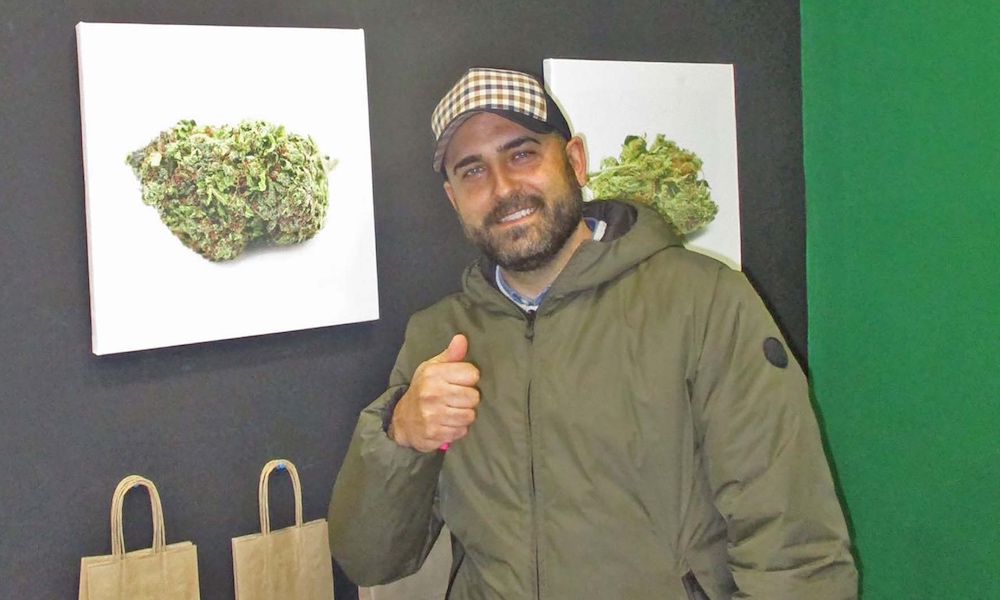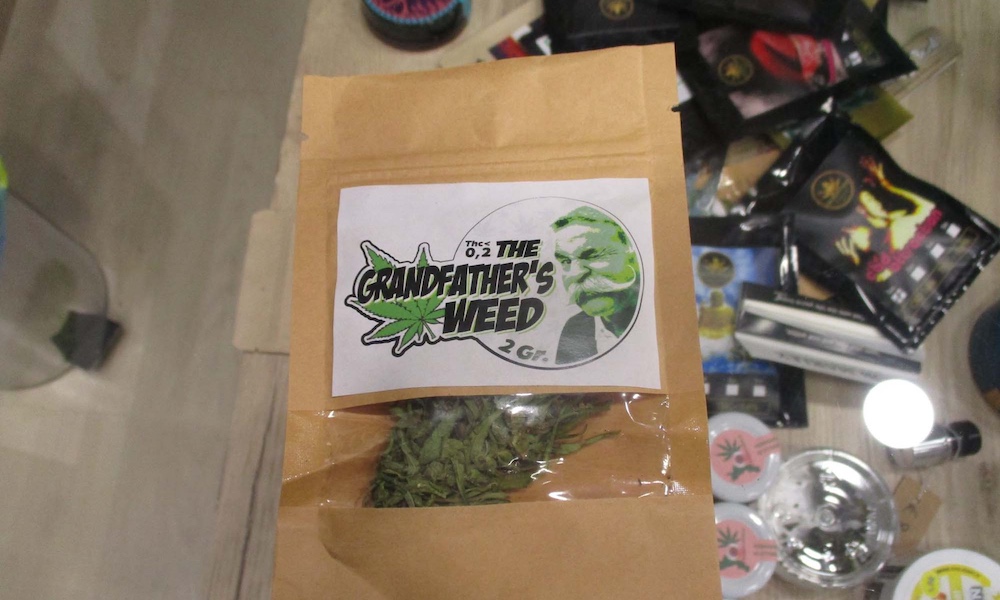Which cannabis stocks have lost more than 40% in 2019?
The cannabis industry has been on a rollercoaster ride this year. Most of the cannabis companies have shown positive growth in 2019. CannTrust, Tilray, and KushCo stocks have fallen more than 40% in 2019. Meanwhile, Innovative Industrial Properties and Green Thumb excelled this year. Let’s see why.
Some cannabis stocks fell more than 40%
So far, 2019 has been disastrous for CannTrust (CTST). The stock has fallen the most among all of the cannabis stocks. Notably, CannTrust has fallen 74% YTD (year-to-date) as of September 23. Tilray (TLRY) has fallen 57% YTD, while KushCo has fallen 42% YTD.
Tilray (TLRY) stock was impacted after it reported wide losses in the second quarter. The company reported a loss of $0.32 per share, which was higher than analysts’ estimates. The company attributed the losses to higher operating expenses related to growth initiatives. As a result, many analysts reduced the target price for the stock due to the company’s asset-light approach.
KushCo (KSHB) reported a negative EBITDA of $7.5 million in the third quarter. The company also reported a net loss of $0.12 per share. Meanwhile, Emerald Health (EMHTF), another medical cannabis company, has fallen 42% YTD.
What happened to CannTrust in 2019?
CannTrust stock took a hit after it violated Health Canada regulations in July. Health Canada accused the company of growing cannabis plants in five unlicensed rooms from October 2018 to March 2019. Health Canada seized all of the dried cannabis harvested in the unlicensed rooms. A special committee conducted the investigations. KPMG withdrew its audit report due to the scandals. Also, CannTrust fired its CEO.
Health Canada even suspended its license under the Cannabis Act. The suspended license brought CannTrust’s revenue growth to a standstill. As a result, the company’s potential is questionable right now. Stay with us to learn more about what went wrong with CannTrust. Now, we’ll discuss the top gainers in 2019.

IIPR and Green Thumb were the winners
So far, Innovative Industrial Properties (IIPR) has been a winner this year. The company has gained 110% YTD. Innovative Industrial Properties isn’t a conventional cannabis stock. The company is a specialized REIT. Innovative Industrial Properties provides real estate solutions to medical cannabis players. As a result, the company is a popular dividend payer. Innovative Industrial Properties’ connection to the cannabis industry makes it an attractive stock for investors.
The company makes acquisitions to drive growth. Innovative Industrial Properties reported stellar second-quarter results in August, which boosted the stock. Notably, the company earned a 155% increase in rental revenues to approximately $8.3 million, which beat analysts’ revenue estimates. The company’s earnings for the quarter were in line with the estimates but rose 76.4% year-over-year.
Innovative Industrial Properties’ operating performance is usually measured through its FFO (funds from operations) and AFFO (adjusted funds from operations). In the second quarter, the company reported an FFO of approximately $4.7 million and an AFFO of approximately $5.8 million. Notably, the AFFO determines the cash available to be paid out as dividends.
Recently, Jason Williams, a contributing editor for The Wealth Advisory, discussed why he thinks that Innovative Industrial Properties is a good portfolio addition. Usually, cannabis companies require financial support. Under federal law, banks aren’t allowed the help cannabis companies. Innovative Industrial Properties provides financing and helps small cannabis companies expand their businesses. Williams thinks that the stock could hit $200 per share before the end of 2019.
As a result, the banking bill needs to become a law in the US. Read to Cannabis: US House to Vote on Banking Bill to learn more.
Green Thumb saw a 228% YoY increase in its revenues in the second quarter. The stock has gained 25% YTD.
What else is happening in the cannabis industry?
Regulation scandals took a toll on the cannabis sector. However, strong fundamentals and analysts’ positive outlook for the sector drove the performance.
Aurora Cannabis (ACB) reported lower-than-expected fourth-quarter results. The company missed its revenue guidance and analysts’ estimate. However, the company’s segmental revenues rose for the quarter. Aurora Cannabis reported a negative EBITDA of 11.7 million Canadian dollars due to higher operating costs. However, the company expects to deliver a better performance after edibles’ expansion with Cannabis 2.0.
Canopy Growth (CGC) (WEED) reported disappointing results for the first quarter of 2020. The company missed the top-line and bottom-line estimates. Expansion costs in the US and globally impacted Canopy Growth’s performance.
Talking about the cannabis industry, Mike Philbrick, ReSolve Asset Management’s president, said that an industry with massive growth opportunities comes with some challenges and volatility. He thinks that investors who are willing to take the risk can cash in from the growth opportunities if they buy cannabis stocks in small doses.
Overall, most of the cannabis stocks have seen positive growth this year.
- Canopy Growth rose 7%.
- Aurora Cannabis rose 4%.
- Aphria rose 6%.
- Hexo rose 15%.
- OrganiGram rose 16%.
- Cronos Group rose 5%.
- Supreme Cannabis rose 6%.
Overall, September has been good for the cannabis industry. Marijuana legalization made the sector a hot topic again. Many states like Florida and Minnesota are stepping up for legalization. Meanwhile, Canada is preparing for Cannabis 2.0. Mexico might be the next country to legalize cannabis. Read Marijuana Legalization: Mexico Will Seal the Deal! to learn more.
We’ll have to see how cannabis stocks end the year. Stay with us to learn more.


